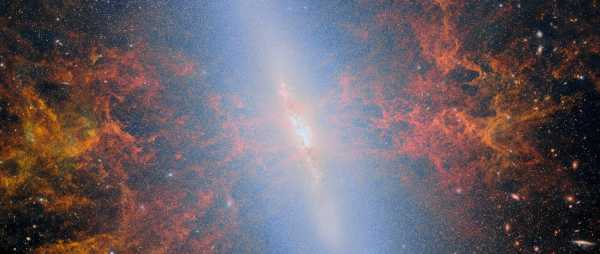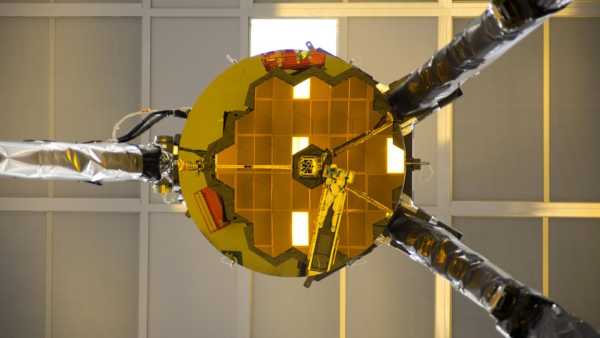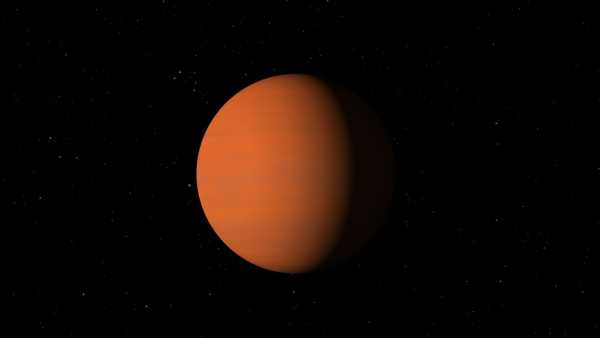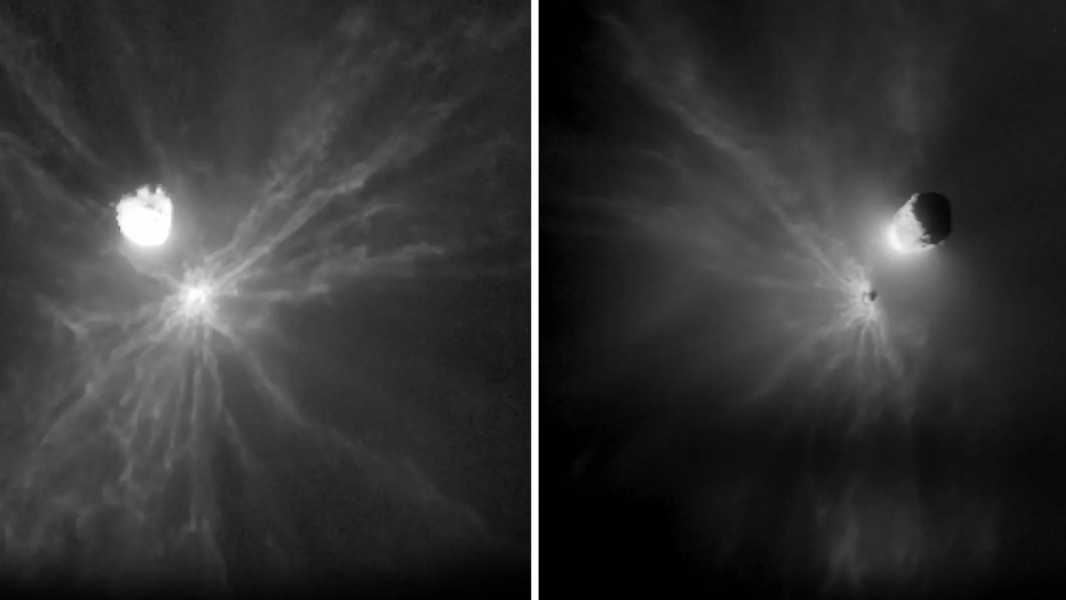
The European Space Agency's LICIACube spacecraft captured images of the debris field shortly after the impact of DART from Dimorphos. Studying these images yielded unexpected results. (Photo: NASA DART and LICIACube team)
Three years ago, NASA made history by deliberately crashing a spacecraft into a large asteroid, changing its trajectory and demonstrating humanity's ability to protect our planet from “potentially hazardous” objects in the future.
However, recent analysis suggests that fragments from this spectacular collision are not behaving as expected, raising doubts about the success of future asteroid deflection missions.
On September 26, 2022, NASA's Double Asteroid Redirection Test (DART) spacecraft deliberately collided with the asteroid Dimorphos, slamming directly into its center at about 15,000 mph (24,000 km/h). The mission was remarkably successful: DART not only changed Dimorphos' trajectory, shortening its orbit around its partner asteroid Didymos by about 30 minutes, but also significantly altered its shape.
You may like
-
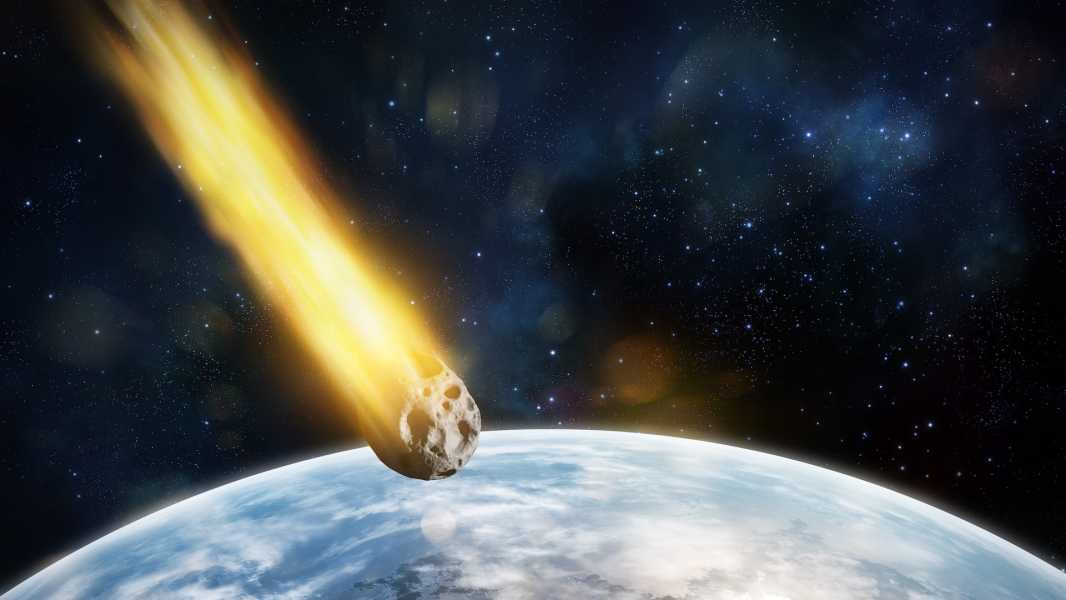
James Webb Telescope Raises Odds 'City Killer' Asteroid 2024 YR4 Will Hit Moon in 2032
-
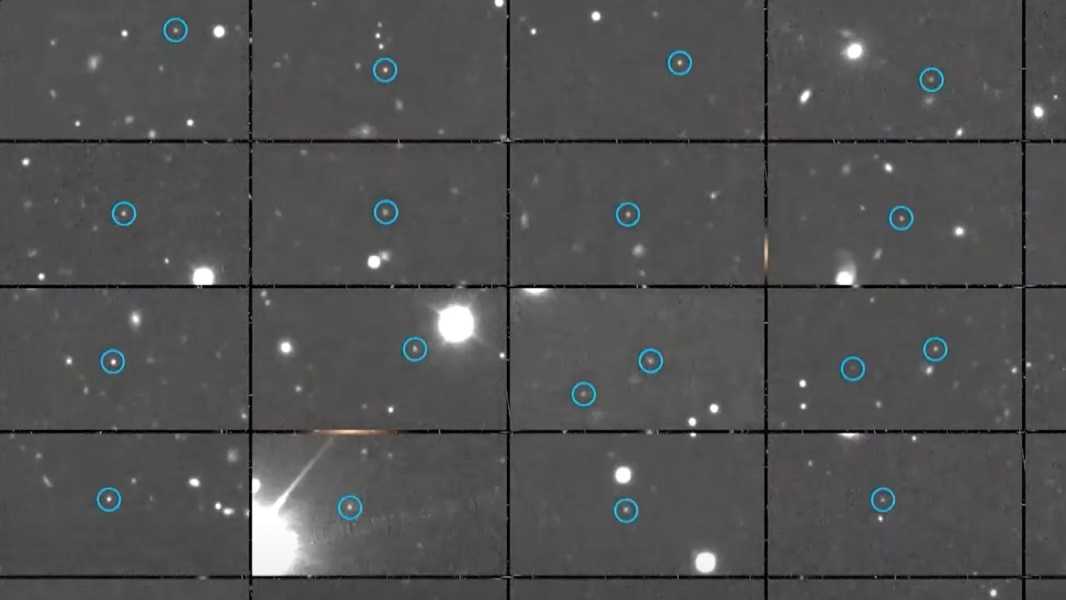
The Rubin Observatory has detected 2,104 asteroids in just a few days. It could soon discover millions more.
Sourse: www.livescience.com


